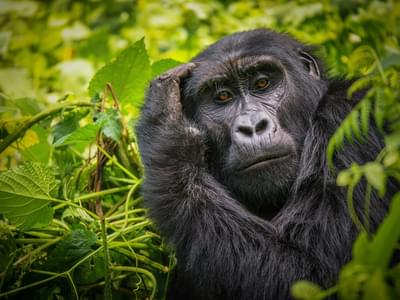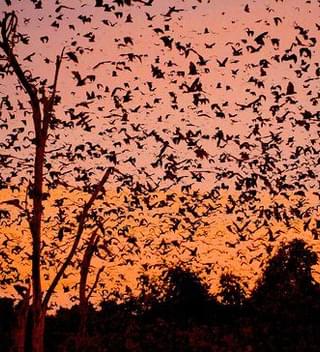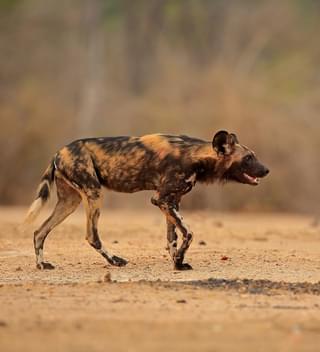Amazing safari holiday ideas for October

Luxury Kruger and Mozambique Honeymoon
- Sabi Sand Wildtuin
- Benguerra Island
- 10 days
- From £10,735 pp.
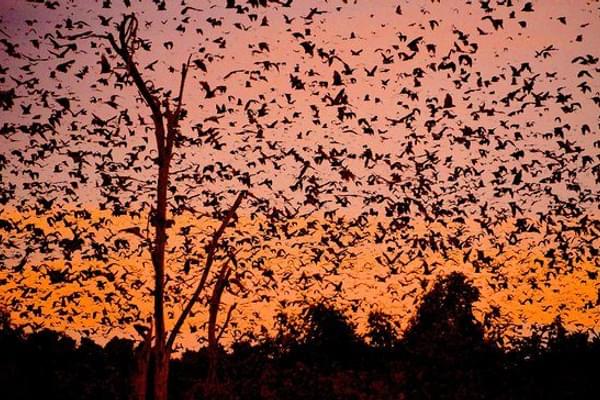
Kasanka Bat Safari
- Lusaka
- South Luangwa National Park
- Kasanka National Park
- 8 days
- From £5,375 pp.
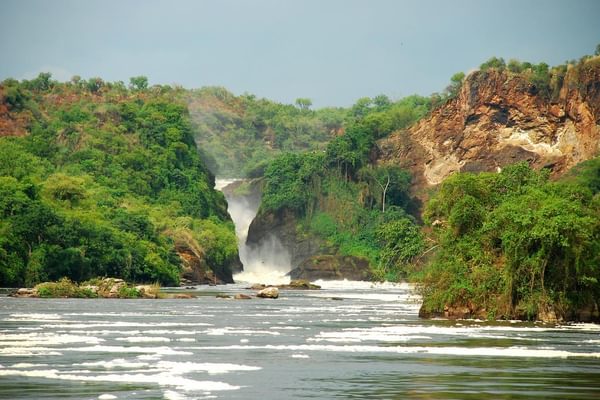
Ultimate Uganda
- Murchison
- Kibale
- Rwenzoris
- Queen Elizabeth
- Bwindi
- 14 days
- From £7,670 pp.

Madagascar Wildlife
- Andasibe-Mantadia
- Kirindy Forest
- Berenty
- Antananarivo
- 14 days
- From £5,475 pp.
Speak with our safari experts today
and start planning your tailor-made holiday

Ben
































